Hardspace: Shipbreaker Review
Fast Facts
Hardspace: Shipbreaker
Developer: Blackbird Interactive
Publisher: Focus Home Interactive
Website: https://www.focus-entmt.com/en/games/hardspace-shipbreaker
Genre(s): Simulation, Sci-Fi
Platform: PlayStation 5 (version reviewed), PlayStation 4, Xbox Series X|S, Xbox One, PC
Age Rating: PEGI 16
Release Date: 20/9/22
Price: £32.99
A code was provided for review purposes
First Day Nerves
Looking up at the night sky often brings thoughts of what it would be like to go into space. While humanity has reached out into the cold dark, we’ve not physically been any further than our own Moon. With the first manned mission to Mars still years away, it falls to comic books, television shows, and video games to open this expanse. As such, we often get tales of daring heroes who battle alien threats or craft their own stories as hot-shot pilots.
Hardspace: Shipbreaker foregoes its dashing hero in favour of a story about an average Joe. One who’s fed up with life planet-side and has signed up for good old-fashioned manual labour. As a shipbreaker, you’ll spend your days dismantling various derelict spacecraft while you work off your debt to the ominous Lynx Corporation. With strict targets to beat, and an ever-increasing amount of debt, Hardspace: Shipbreaker doesn’t sound like a lot of fun. Infact it sounds just like real life!
But, the life of a shipbreaker isn’t all roses. Space is an unforgiving and untamed environment where one wrong move could send you hurtling to meet your maker. So when it comes to dealing with nuclear reactors, pressurised compartments, electricity, and industrial machinery – you best keep your wits about you. After all, to the Lynx Corporation – time is money!
He ain’t heavy…
In Hardspace: Shipbreaker, you take on the role of Shipbreaker #9346-52, who’s stationed on board the salvage yard at Morrigan Station in Earth orbit. You’ll spend your days salvaging spacecraft to fuel the Lynx Corporation’s ever-expanding need for raw materials. Taking on the job of a shipbreaker is no simple task and, as such, candidates literally sign their lives away to Lynx Corp. This means that you’re just an expendable asset whose life is forfeit to the needs of Lynx.
Even death isn’t an escape from your contract. As Lynx owns your body and mind, if you do meet your demise, you’ll just be copied into a clone body. With a cool 1.25 billion credits to pay off, you don’t want to be adding anymore!
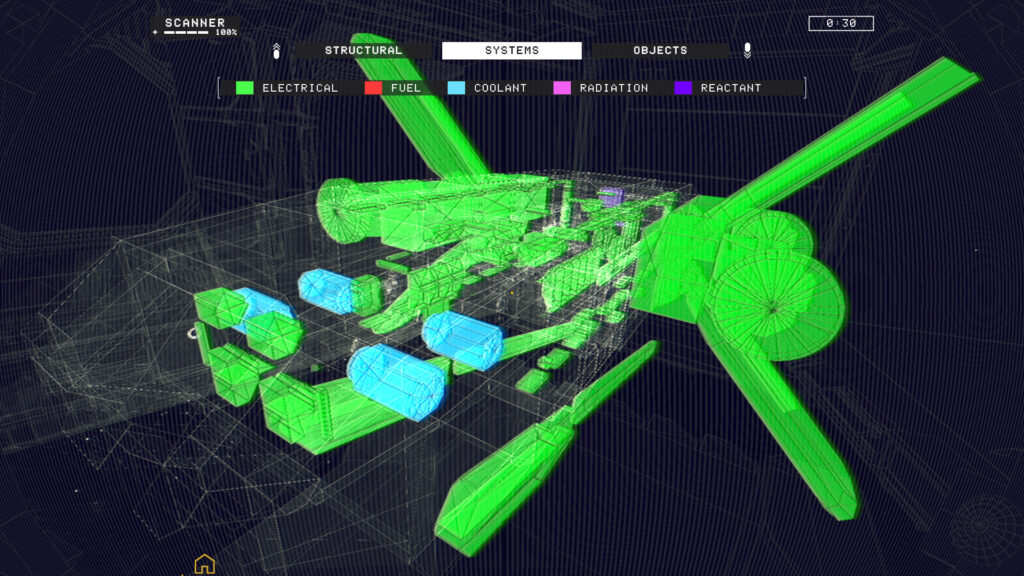
…he’s my clone
While the bulk of Hardspace: Shipbreaker sees you alone, it’s not devoid of character. Across the introduction mission, you’ll be greeted by a veteran ‘cutter’, Weaver and a few other cutters operating out of nearby yards. As you progress, these characters will start to strike up talk of unionising against Lynx in demand of better rights and more pay. At the same time, in-game advertising and emails start to unravel the diabolical company behind the PR facade.
The narrative to Hardspace: Shipbreaker then ultimately revolves around Lynx and this new Union. As you progress through the game you’ll follow the antics of both sides as they attempt to deal with each other. While the Union attempts to derail profits, Lynx then ramps up the pressure to make more credits quicker – regardless of safety.
It’s very much a satirical look into our own world. Especially with what’s currently going on in the UK.
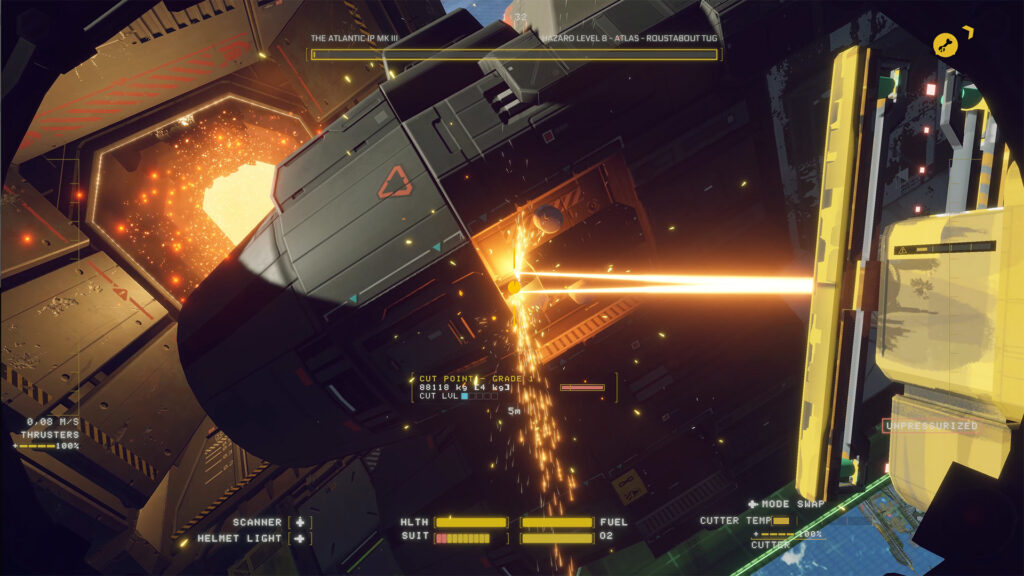
Zero-G manoeuvres
Away from its hard narrative, Hardspace: Shipbreaker is a relatively casual game. Granted it’s also one that’s full of danger and death, but in reality, it’s actually not too threatening. As you begin to work on dismantling the vast variety of spacecraft, you’ll then need to deposit the valuable materials into one of three depositories: Processor, Furnace, and Barge. It’s this process of depositing materials into the right places that ultimately makes up the core gameplay.
As you are working in zero-gravity, moving masses of hull plating, or dangerous power plants about isn’t particularly simple. With even the slightest touch sending your precious salvage into the yonder, you need a tool that’s up to the task. Of course, Lynx has this covered with a trusty grapple gun. Whether it is utilising a small thrust to push a piece of debris into the furnace, or tethering a mass of hull plate into the fabricator – the grapple gun is your go-to.
Other staples in the Cutter arsenal are your trusty laser cutting tool, thrusters, and the suit you wear. As you perform jobs, everything you carry starts to degrade. Fuel gets spent, oxygen gets used, and tools lose their efficiency. To keep everything working as it should, there’s quite a lot of micromanagement involved. And what starts off as a pretty laid-back experience, soon gets dicey.
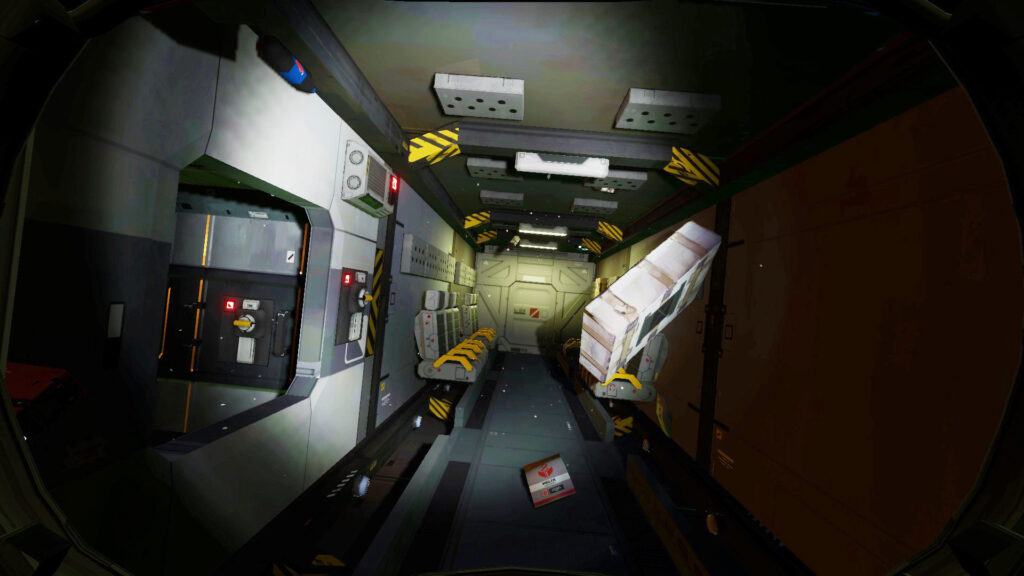
Profit & Loss
In Hardspace: Shipbreaker, money is everything. It’s the sole item that drives the game’s narrative, and it’s the one thing that Lynx constantly reminds you of via in-game messages and your evaluations. To the corp, every ounce of scrap has a value to it and every item that’s scrapped instantly has its value added to your account. However, it is entirely possible to destroy items too (or fire them into the wrong depository). For Lynx, this is a big no-no and you’ll be heavily penalised for doing so. Thankfully making mistakes doesn’t necessarily fail the mission, but it does add yet more to your debt – gulp!
The other side of this coin is that performing well and hitting salvage goals rewards you in a couple of ways. Not only do you get more money, but you are also rewarded with tokens to spend on equipment upgrades, and bigger ships to salvage. While making credits is the name of the game, I never found myself being thrifty. Even after a few terrible “jobs”, I’m still able to buy items from the store. If there is a point where you do get fired – I’ve not seen it yet.
There’s always a bigger ship
For a game that revolves around spaceships, Hardspace: Shipbreaker has quite a few in its inventory. The first few ships you dismantle are pretty simple shuttlecraft with various modules and compartments. But, as you rise in the ranks, you’ll be granted tougher – and larger – projects to work on. The longevity of these also increases. The opening simple 15-minute dismantles soon turns into multiple shifts across a few nights. My longest dismantle has been about 4 hours!
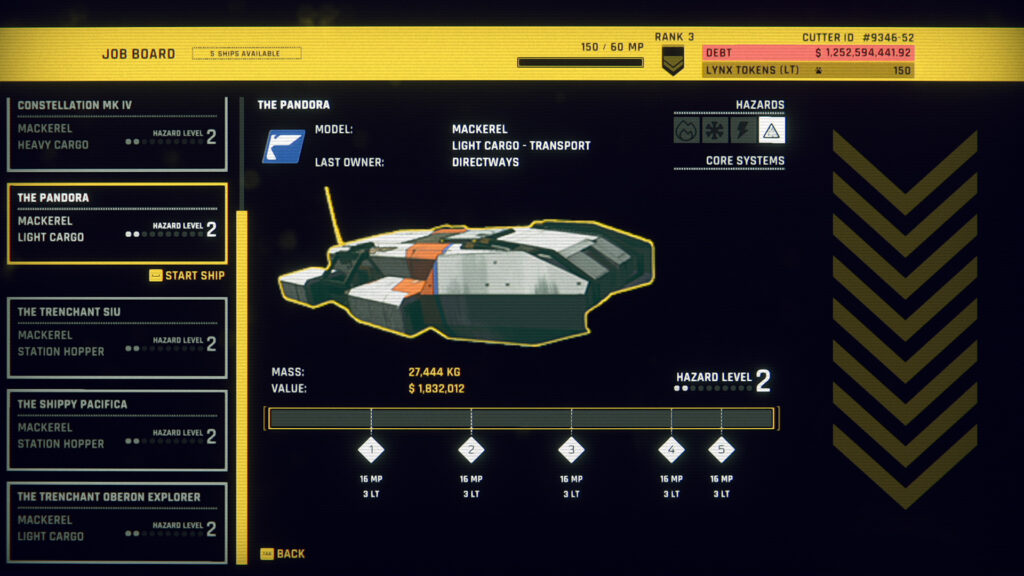
Hazards
Aside from getting access to larger ships, the game also starts to add various hazards. This then sees you getting to tackle nuclear reactors, thruster fuel, electronics, and pressured compartments. These also add to the various ways the game can kill off your character. One false move can soon see you cut into a fuel line, or a reactor meltdown which then causes everything to go dark.
It’s not just the ships that can kill you either. All I’ll say is don’t get caught in the fabricator’s tractor beam…
Later on in your career, you’ll start to get access to various – shall we say – “challenging” breaks. Not only do these jobs introduce ships with a functioning AI, but there’s also the occasional ghost ship. These two variations also add a little spice to the otherwise repetitive gameplay loop. For instance, working on an AI-controlled ship offers far more risk than any other. As you start to dismantle the AD’S home it will attempt to stop you by any means necessary. Whether this be locking you into compartments, causing the reactor to melt down, or explosive decompression, you really do need to stay alert.
It’s like Event Horizon all over again!
Quite often you’ll come across various data drives that can be decrypted in your habitat. Upon decrypting these drives, you’re then greeted with text that offers insight into the wider world. Mostly these come in the form of communication logs between vessels, and the occasional talk of pirates and “ghost ships”.
Much like the AI ships, these ghost vessels act as something different to keep the game fresh. Aside from featuring the hazards that every ship has, these have the added bonus of being completely abandoned. While you’re under no obligation to investigate what happened to the crew, recovering the data logs reveal some interesting details surrounding the ship’s demise, and the possible fate of its crew.
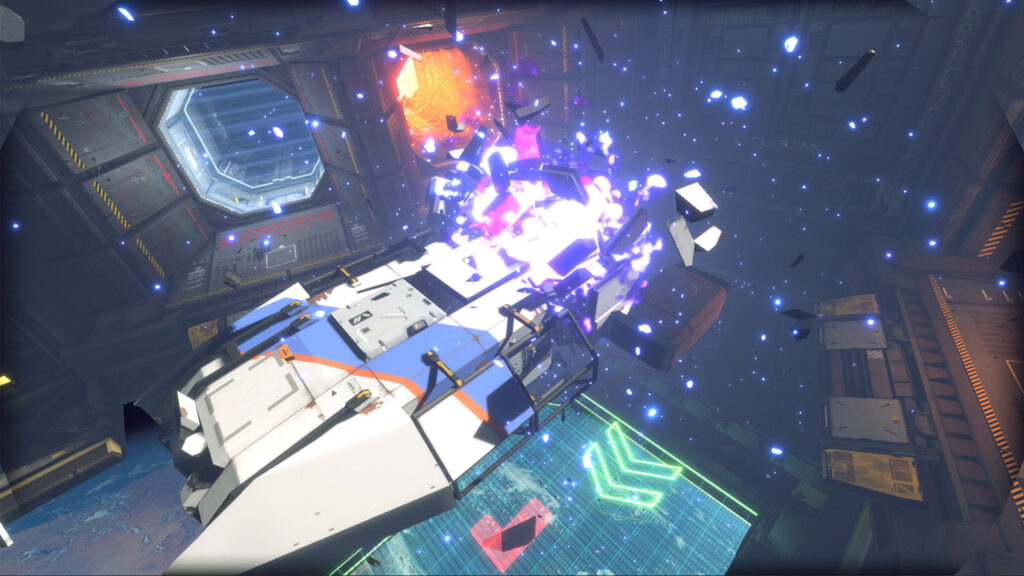
Space, it’s so beautiful!
Even with its heavy industrial aesthetic, Hardspace: Shipbreaker is a nice game to look at. It’s far from the most stunning title you’ll ever see, but it comes pretty close. You’re constantly reminded by just how small of a cog in the machine you are as the background is littered with other salvage yards and heavy machinery, all working towards Lynx’s goals. This mammoth industrial effort is then put into greater scope by the Earth hanging dormant underneath it all.
Meanwhile, each ship you work on has its own visual style and layout. Naturally, there are quite a few repetitive layouts as you’ll be working on the same model of the ship. Yet, as you progress through the ranks you’ll gain access to a wide range. Whether it’s small station shuttlecraft or gargantuan fuel hauliers, there’s plenty of variation in design.
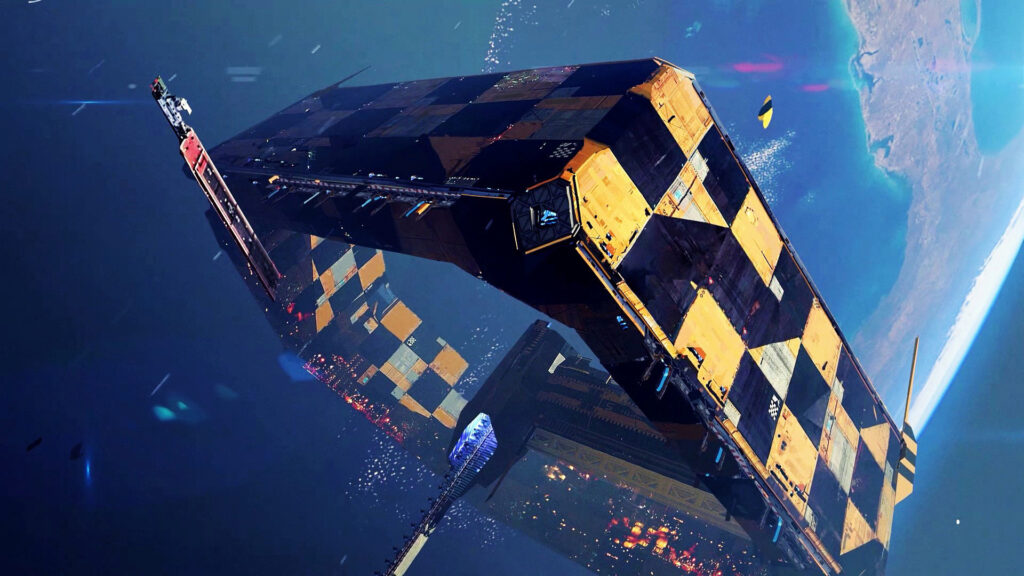
Summary
Much like a Shakespeare novel, Hardspace: Shipbreaker is a causal experience, with a very frantic undertone. It’s a journey into self-worth, and corporate greed, whilst you strip mine various spacecraft, with the threat of death looming ever-present. If anything, Hardspace: Shipbreaker is a game about a really cool job – but it isn’t one I’d sign my life away for. However, as a video game, it’s one I’d highly recommend!
Rapid Reviews Rating

4.5 out of 5
4.5
Hardspace: Shipbreaker is out now and can be purchased via the PlayStation Store by clicking here

You can find and read our reviews on OpenCritic.





